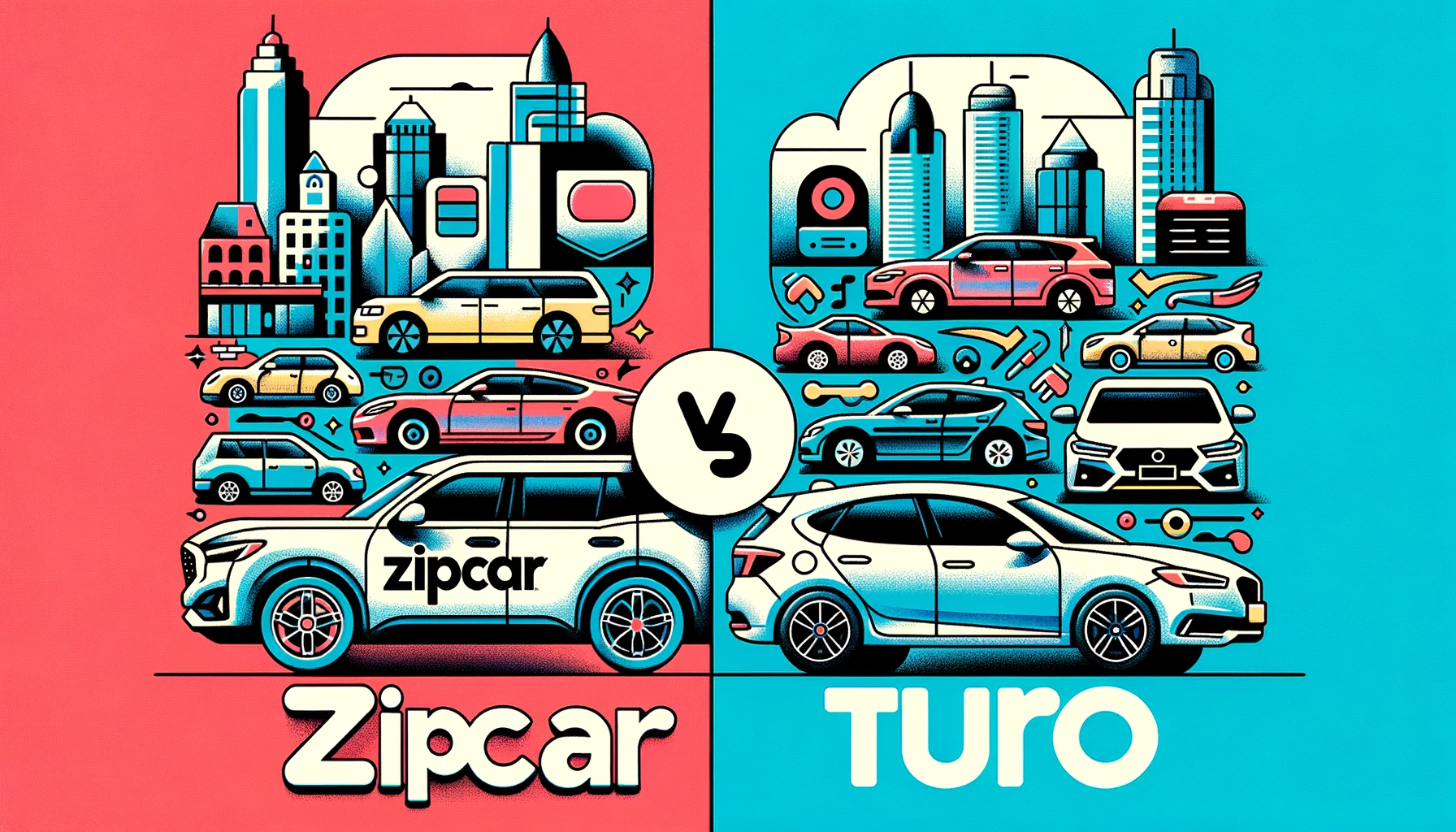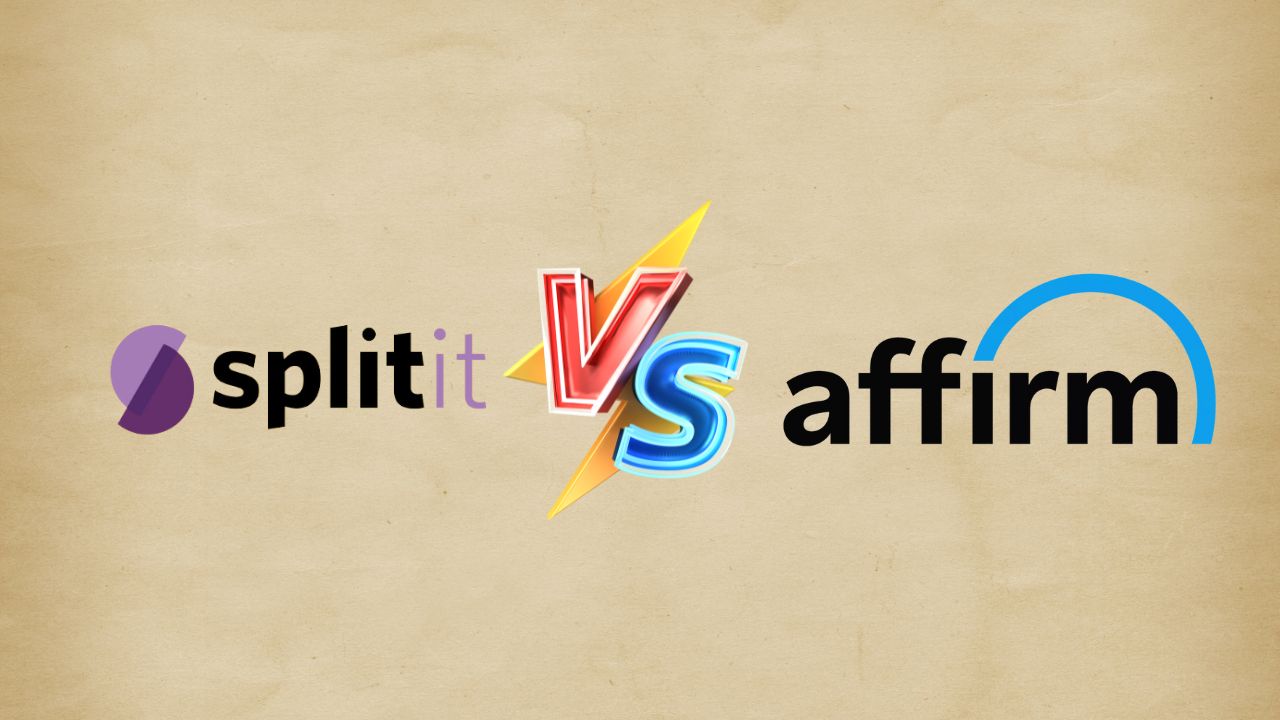Are you constantly wondering what’s the best car-sharing service for your needs?
Not sure whether to subscribe to a membership-based model like Zipcar or go for a peer-to-peer marketplace like Turo?
Are cost-effectiveness, range of options, and availability some of your primary concerns?
Well, you’re in the right place. In this comprehensive article, I’ll compare both Zipcar and Turo from their booking process to their pricing. Let’s get started –
Zipcar vs Turo: Overview
Zipcar and Turo are popular car-sharing platforms catering to different user preferences and circumstances. In essence, Zipcar operates as a traditional car-sharing service with dedicated vehicles available at fixed locations, while Turo is a peer-to-peer car rental marketplace that connects car owners with renters.
Zipcar offers an easy-to-use mobile app allowing users to reserve, unlock, and drive cars without waiting in line or dealing with paperwork. The cost of using Zipcar is often lower than traditional car rental services. However, Zipcar’s availability is primarily concentrated in urban areas.
Conversely, Turo focuses on a community-driven approach where individuals can rent their vehicles when not using them. Turo’s app-based platform provides a more flexible experience, with various unique and luxury vehicle options available. While Turo offers a generally more affordable service for longer trips, its insurance options and owner policies may confuse users.
In summary, Zipcar is ideal for shorter trips in urban areas, providing a streamlined and consistent experience. Turo is better suited for extended travel or special occasions, offering a broader range of vehicles and greater geographical coverage. Ultimately, the choice between Zipcar and Turo depends on user requirements, travel duration and distance, location, budget, and convenience.
Zipcar vs Turo: Booking Process

The booking processes for Zipcar and Turo differ due to the nature of their services. Here is a quick comparison of how to book a car with each platform:
Zipcar Booking Process:
- Become a member: To access the Zipcar service, you must first submit an online application. Once approved, you’ll receive a Zipcard to unlock reserved vehicles.
- Find a car: Use the Zipcar app or website to locate a car near you. Specify your desired reservation date and time.
- Reserve a car: Select an available car from the list and confirm the reservation.
- Unlock the car: At the start of your reservation, hold your Zipcard or use the mobile app to unlock the reserved vehicle.
- Drive: Use the reserved car as needed, ensuring you return it to its designated spot within the reservation period.
Turo Booking Process:
- Create an account: Sign up for a Turo account, providing the necessary information, such as your driver’s license.
- Search for a car: Enter the desired location, dates, and other preferences to find suitable cars available for rent on the Turo platform.
- Choose a car: Browse the available cars, checking reviews, owner guidelines, and insurance options.
- Book your trip: Request a reservation, providing the necessary information, such as your trip purpose. The car owner will respond within eight hours, accepting or denying your request.
- Coordinate pick-up or delivery: Once your booking is approved, communicate with the car owner to arrange either pick-up or delivery of the vehicle.
- Return the car: At the end of your reservation period, return the car to the prearranged location and provide any required documentation or information to the owner.
Zipcar vs Turo: Pricing
Here’s a comparison of the pricing for Zipcar and Turo.
Zipcar Pricing:
Zipcar operates on a membership model, with fees starting at $7 per month or $70 per year. Members can rent cars starting from $7.75 an hour or $69 a day in return for this membership fee.
The final cost can vary depending on the type of vehicle chosen, and it’s also worth noting that all Zipcar rentals include a complimentary gas card.
Turo Pricing:
Turo’s pricing is more variable and primarily depends on the car owner who sets their price. This means prices vary widely by location, vehicle make, and model. Therefore, renters may find a greater range of pricing options on Turo, especially when considering higher-end or unique vehicles.
In short, Zipcar’s consistent membership-based pricing, which includes gas, may be appealing and cost-effective for regular city users.
In contrast, Turo’s flexible, owner-dependent pricing can offer affordable and luxurious rented experiences catering to various budgets and occasions.
Zipcar vs Turo: Which is Better?
I feel like, for a consistent, straightforward, and user-friendly option, particularly for people living in a city seeking short-term transportation, Zipcar has an edge over Turo.
Of course, preferences vary widely, and Turo can be an excellent option for those looking for unique or long-term rentals.
But overall, I would pick Zipcar any day over Turo.
What about you? Do share your preference in the comments below.



